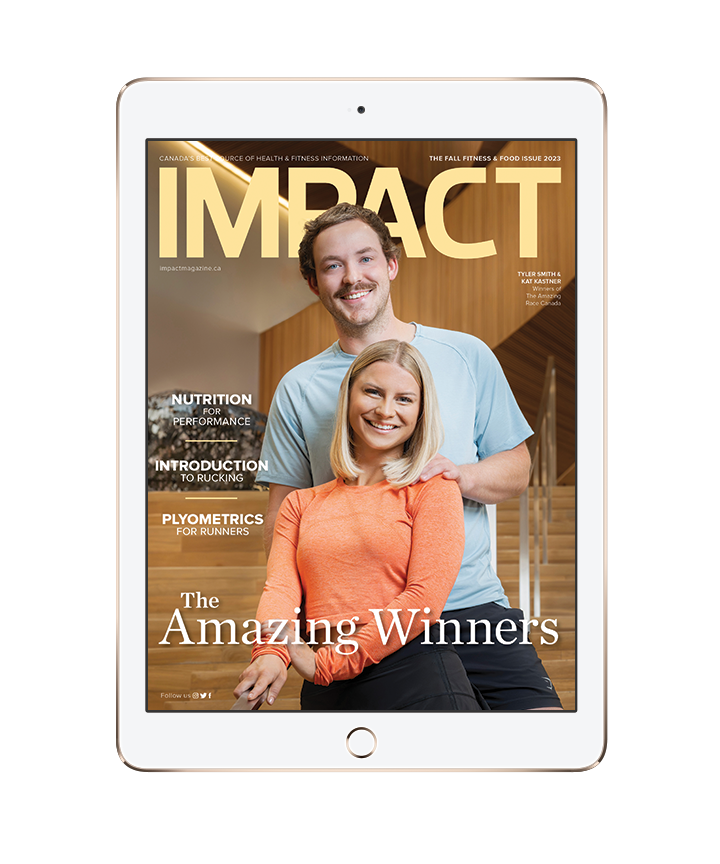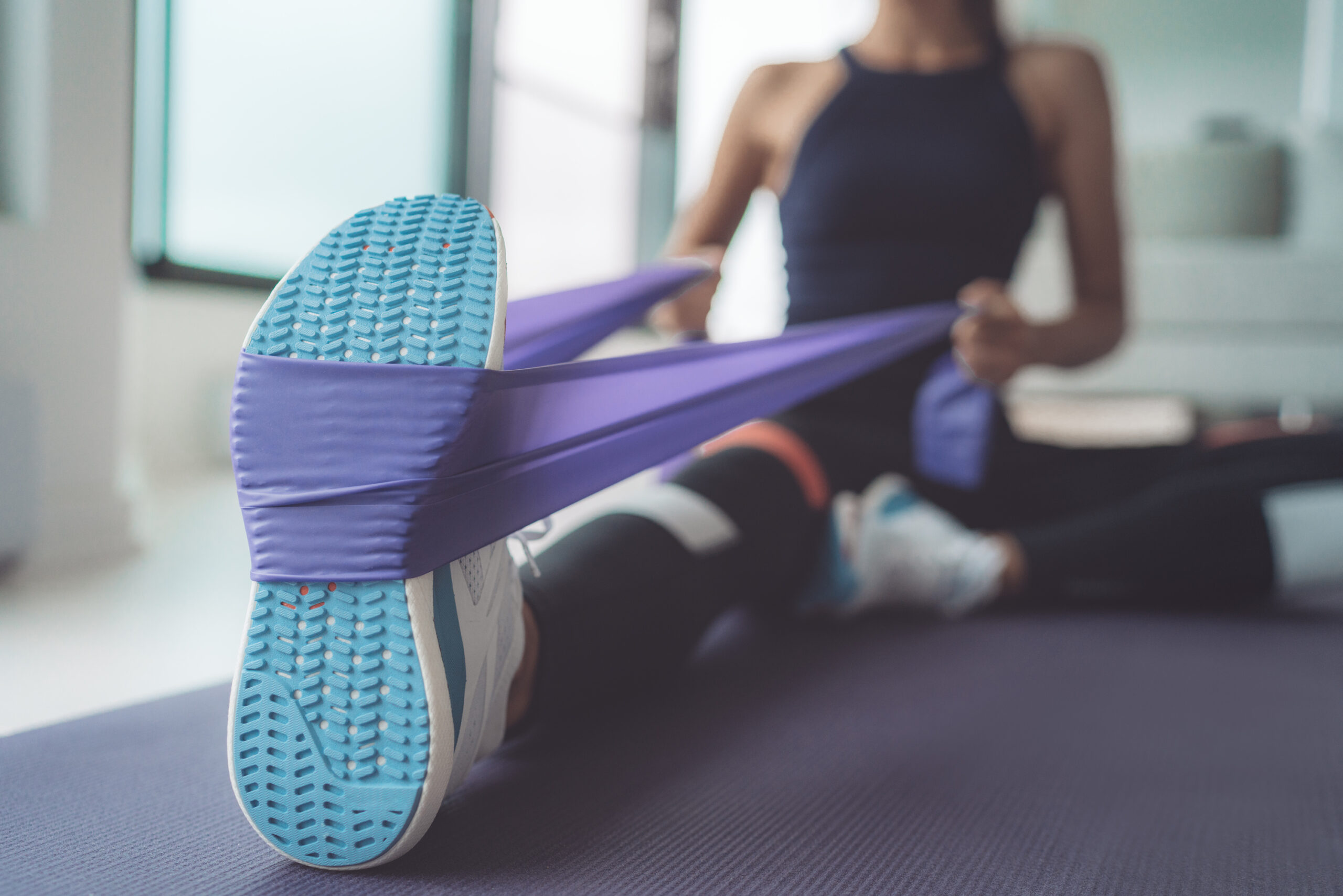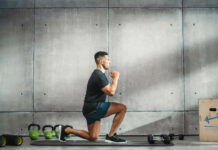If you’re among the many athletes that love training, but seldom take the time to stretch, you’re not necessarily doomed to a rigid fate. Resistance training is renowned for building muscle mass and enhancing strength and is often needlessly associated with tight muscles and joint stiffness.
In fact, when performed with proper form, appropriate loads, and adequate recovery – assuming sufficient nutrition and hydration – resistance training may improve mobility and augment the involved joint’s articulation.
Range of motion (ROM), including both passive and active elements, is the degree to which a joint can move within its physiological limits. Adequate joint ROM permits correct biomechanics, preventing movement-related dysfunctions and reducing the risk of musculoskeletal injuries.
Additionally, it plays a vital role in muscle flexibility, proprioceptive feedback, and overall joint health.
A well-maintained joint ROM is essential for promoting functional independence and enhancing sports performance. ROM is of fundamental importance influencing our physical abilities whether it be accomplishing regular daily tasks, fluidly executing a Turkish get-up or running a blazing 400 metre race.
ROM is confined by diverse components such as neural control, the flexibility of muscles, ligaments, tendons, fascia, and the morphology of the joint itself. Stretching has perhaps guilelessly been considered the lone method of ameliorating a joint’s range, yet resistance training may yield similar results.
NEURAL ADAPTATIONS
A principal mechanism through which resistance training improves ROM is via neural adaptations. Joint movements caused by muscular contractions are governed by the nervous system.
Resistance training provides a strong stimulus leading to neural adaptations such as improved motor unit recruitment, synchronization, and neural drive. Notable benefits of such would include greater muscular control and coordination, enabling a wider range of motion of the joints in the specifically trained movement patterns.
MUSCULAR HYPERTROPHY
Muscular hypertrophy – the remodelling of muscle fibres which in turn lead to an increase in size of skeletal muscle – may contribute to joint stability and support thereby allowing a more substantial ROM. However, it is important to note the hypertrophic response is highly dependent upon the characteristic length-tension curves of different muscles, the specific exercises and joints involved, the various ranges of training, site of assessment, anatomical attributes, etc.
MUSCULAR LENGTH
Muscular length adaptations are vital for improved ROM. Conventional resistance training entails concentric, isometric, and eccentric muscle contractions. The latter, as it is capable of handling higher loads, may affect a greater stimulus to boost ROM.
Incorporating eccentric muscle contractions and training at lengthened positions may influence sarcomere (functional unit of a muscle) addition and the length-tension relationship within muscle fibres. This process allows muscles to tolerate greater stretching forces, likewise, potentially leading to a broader ROM.
CONNECTIVE TISSUE
Connective tissues – tendons and ligaments – similarly play a determinative role in ROM. The mechanical loading on these tissues elicited by resistance training, triggers a series of adaptive responses.
The synthesis of collagen and other structural proteins increase in number, size, and density, leading to greater tissue stiffness and strength. This phenomenon contributes to joint stability and improves functional ROM by reducing the risk of structural damage during extreme movements.
SPECIFICITY
Like with any other training variable, specificity of training should be accounted for to best ensure the adaptations are directly transferable to the desired functional activities and target movements of the sport, e.g., a full squat to improve jumping ability in basketball, leg extension to 0 degrees to maximize force when kicking a soccer ball.
PROPRIOCEPTION
Proprioception – the ability to sense the position and orientation of the body in space – is a crucial aspect of ROM.
Resistance training can enhance proprioceptive feedback by activating sensory receptors in our muscles, tendons, and joints. This activation improves the feedback loop between our periphery and brain enhancing proprioceptive awareness.
So too, controlling and stabilizing movements, balance, and coordination are all typically required in resistance training thus improving joint stability, which in turn aids proprioception.
This heightened proprioception enables individuals to better perceive their joint positions and move within a safer and more extensive ROM.
MODALITY
Of consideration is the modality of the resistance training with free weights potentially allowing a greater degree of movement and challenge as opposed to machines or body weight alone. For example, shoulder range of motion may be limited by the ground or chest circumference when performing push ups.
Similarly, chest press on a machine will place less balance requirements than controlling dumbbells lying on a bench.
In summary, all is not lost if there is a reluctance to traditional stretching. Resistance training is a versatile and powerful tool for bettering ROM, and its efficacy is supported by a solid scientific foundation.
Neural and muscular adaptations, connective tissue modifications, and proprioceptive enhancements all contribute to the enhanced ROM.
If resistance training is performed consistently in sufficiently broad and effective ranges, gym workouts may go beyond simply building strength and muscle mass, offering a sound and comprehensive approach to enhancing overall physical function, reducing the risk of injuries, and optimizing sports performance.
If you love to train, but lack the desire to prioritize your mobility, you need not succumb to systemic petrification!
You may also like: Injury Prevention Tips

Read This Story in Our 2023 Fall Fitness & Food Issue
Featuring this year’s winners of the Amazing Race Canada, Ty Smith and Kat Kastner on our cover. Inside our latest issue, you’ll find all the inspiration you need to carry you through the autumn season. From delicious high-protein recipes and how to resist the crunch of potato chips to running through the high peaks of the Colorado Rockies and the latest in nutrition and fitness, these pages are packed with expert knowledge and advice.
















